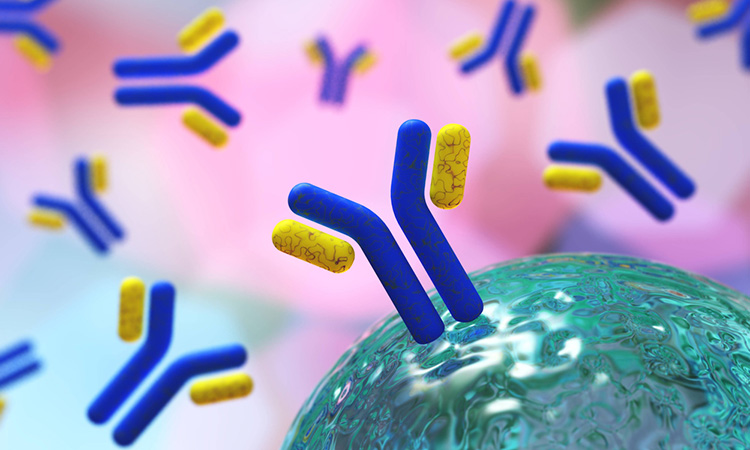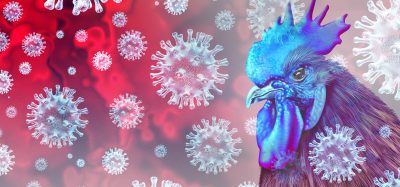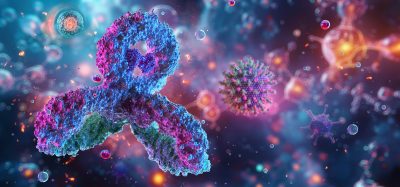New method to induce target-specific immune responses
Posted: 14 December 2023 | Drug Target Review | No comments yet
By fusing antigen proteins into an anchor protein, a specific disease could be targeted without the need to purify the antigen.


University of Potsdam, the Robert Koch Institute and ATG:biosynthetics GmbH have developed a new system to display epitopes in mammal cells for immunisation studies, which they believe will significantly aid scientists in immunisation efforts.
When developing vaccines for human use, an important step is promoting blood cells to produce antibodies. However, this can be difficult because whether the subjects develop antibodies depends on how scientists design and administer antigens, the parts of the virus they are administering to test the effectiveness of the vaccine.
Another crucial aspect of virus research is how to express and purify the antigen for vaccination. Animals immunised with prepared antigens produce specific antibodies against the antigen, but scientists need to isolate the antigen to ensure that they develop the vaccine to target the specific disease they wish to combat. This isolation is time-consuming, taking several weeks, especially when trying to develop lab-produced antigens, because viruses frequently mutate rapidly.
Reduce preclinical failures with smarter off-target profiling
24 September 2025 | 15:00PM BST | FREE Webinar
Join this webinar to hear from Dr Emilie Desfosses as she shares insights into how in vitro and in silico methods can support more informed, human-relevant safety decisions -especially as ethical and regulatory changes continue to reshape preclinical research.
What you’ll learn:
- Approaches for prioritizing follow-up studies and refining risk mitigation strategies
- How to interpret hit profiles from binding and functional assays
- Strategies for identifying organ systems at risk based on target activity modulation
- How to use visualization tools to assess safety margins and compare compound profiles
Register Now – It’s Free!
In this study, the researchers created a new method to induce target-specific immune responses by fusing antigen proteins into a tetraspanin-derived anchor membrane-bound protein. This meant they made fusion proteins that are mostly displayed on the surface of human cells. The exposition of proteins on the surface by a carrier protein induces the production of antibodies directed against the relevant antigens. Another advantage is that these antigens have the same conformation and modifications as the corresponding proteins in the virus as they are produced by cells like that in the human body, which the virus infects naturally.
This new display technology could be a potentially much more reliable immunisation technique. The scientists could induce antibodies against different proteins with a focus on the receptor-binding domain of SARS-CoV-2. The developed anchor protein allows scientists to target a specific disease for immunisation purposes without the need to purify the antigen, which the team are convinced can greatly quicken the immunisation process.
“This work that is based on the receptor binding domain of SARS-CoV-2 and is only the beginning of a very interesting immunisation technique,” said Dr Daniel Ivanusic, from the Robert Koch Institute and one of the paper’s authors. “The most challenging, significant, and exciting application for us employing the tANCHOR technology is to induce neutralising antibodies against HIV-1.”
This study was published in Biology Methods & Protocols.
Related topics
Antibodies, Vaccine development
Related conditions
viral infections
Related organisations
ATG:biosynthetics GmbH, Robert Koch Institute, University of Potsdam
Related people
Dr Daniel Ivanusic (Robert Koch Institute)








